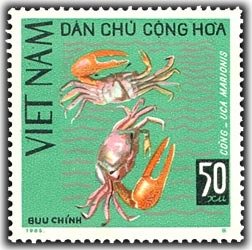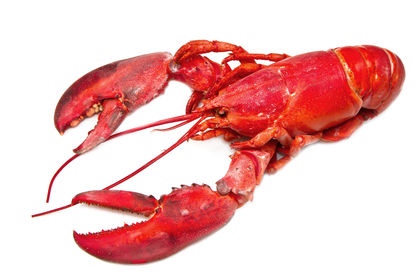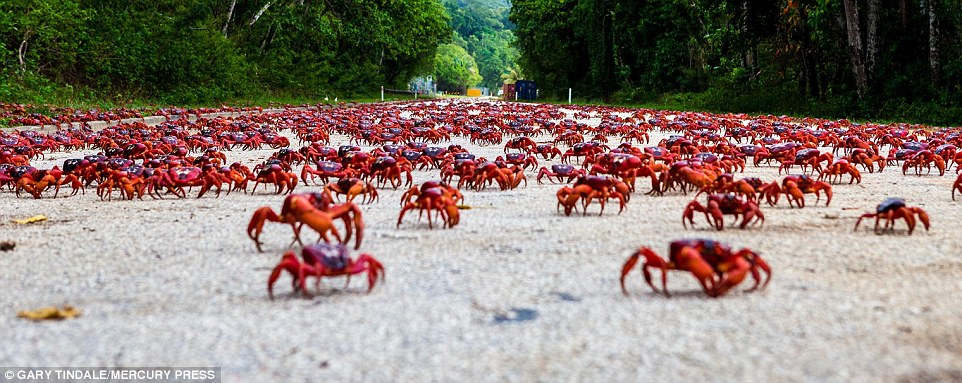Stamp: Fiddler Crab (uca Marionis) (Vietnam 1965)
Fiddler Crab (uca Marionis) (Vietnam 1965)
19 August (Vietnam ) within release Crustaceans goes into circulation Stamp Fiddler Crab (uca Marionis) face value 50 Vietnamese xu
| Stamp Fiddler Crab (uca Marionis) in catalogues | |
|---|---|
| Michel: | Mi:VN 392 |
Stamp is square format.
Also in the issue Crustaceans:
- Stamp - Indian Prawn (Penaeus indicus) face value 12;
- Stamp - Swimming Crab (Portunus sp.) face value 12;
- Stamp - Swimming Crab (Portunus sp.) face value 12;
- Stamp - Mangrove Crab (Scylla serrata) face value 12;
- Stamp - Japanese Spiny Lobster (Palinurus japonicus) face value 20;
- Stamp - Fiddler Crab (uca Marionis) face value 50;
- Se-tenant - Mangrove Crab (Scylla serrata) face value 12;
- Se-tenant - Japanese Spiny Lobster (Palinurus japonicus) face value 20;
- Se-tenant - Fiddler Crab (Uca marionis) face value 50;
- Se-tenant - Prawn (Metapenaeus joyner) face value 12;
- Se-tenant - Indian Prawn (Penaeus indicus) face value 12;
Stamp Fiddler Crab (uca Marionis) it reflects the thematic directions:
Crustaceans are a group of arthropods that are a part of the subphylum Crustacea (/krəˈsteɪʃə/), a large, diverse group of mainly aquatic arthropods including decapods (shrimps, prawns, crabs, lobsters and crayfish), seed shrimp, branchiopods, fish lice, krill, remipedes, isopods, barnacles, copepods, opossum shrimps, amphipods and mantis shrimp. The crustacean group can be treated as a subphylum under the clade Mandibulata. It is now well accepted that the hexapods (insects and entognathans) emerged deep in the Crustacean group, with the completed group referred to as Pancrustacea. The three classes Cephalocarida, Branchiopoda and Remipedia are more closely related to the hexapods than they are to any of the other crustaceans (oligostracans and multicrustaceans)
Animals are multicellular, eukaryotic organisms of the kingdom Animalia (also called Metazoa). All animals are motile, meaning they can move spontaneously and independently, at some point in their lives. Their body plan eventually becomes fixed as they develop, although some undergo a process of metamorphosis later on in their lives. All animals are heterotrophs: they must ingest other organisms or their products for sustenance.
Crabs are decapod crustaceans of the infraorder Brachyura, which typically have a very short projecting tail-like abdomen, usually hidden entirely under the thorax (brachyura means "short tail" in Greek). They live in all the world's oceans, in freshwater, and on land, are generally covered with a thick exoskeleton, and have a single pair of pincers on each arm. They first appeared during the Jurassic Period.



